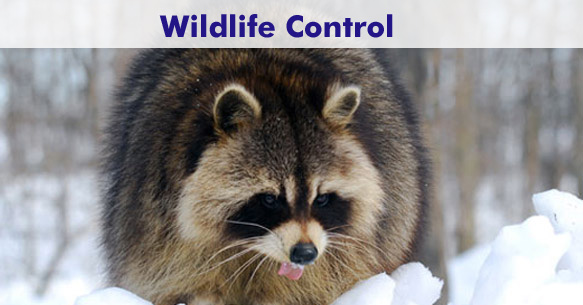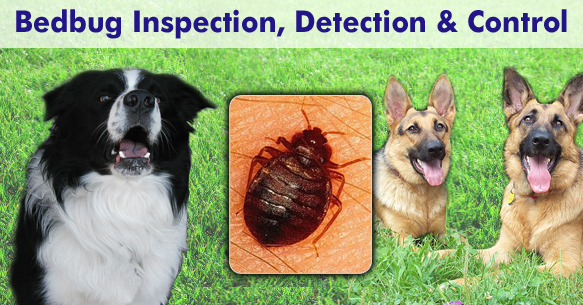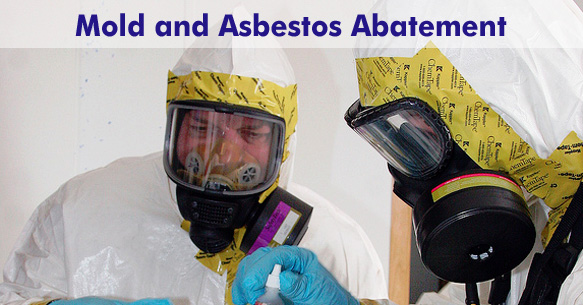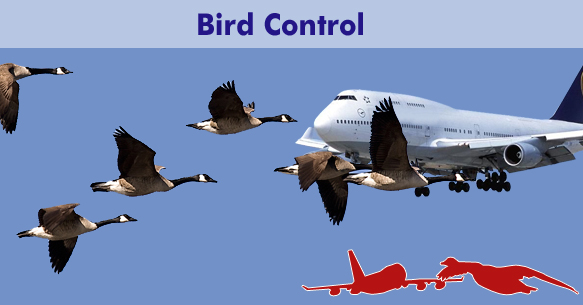
FALL Pest Problems
SUMMER Pest Problems
24/7 Pest Control Service
Integrated Pest Management
Pest Control Products
International Standards For Phytosanitary Measures
INTERNATIONAL STANDARDS FOR PHYTOSANITARY MEASURES - REGULATION OF WOOD PACKAGING MATERIAL IN INTERNATIONAL TRADE
Environmental Statement
The pests in connection with wood packaging materials (WPMs) are organisms that have been discovered to have detrimental effects on biodiversity as well as the health of the forest. Now the implementation of the International Standards for phytosanitary measures is seen as a development that has significantly reduced the reach of these pests and thereby their detrimental effects.
Where alternative treatment options are not available in certain conditions, or even in every country, with no other appropriate packaging material being available, then treatment involving the less desirable methyl bromide can be included as part of this standard. Methyl bromide is less desirable because it causes the depletion of the ozone layer. And a recommendation by IPPC (International Plant Protection Convention) to reduce or replace the use of this ozone depleting treatment was adopted a while back. Therefore, alternative environmentally friendly treatments are currently being pursued.
The Basis for Regulation
Wood that is procured from dead or living trees might be pest infested. Usually, wood packaging materials are made from insufficiently processed or treated raw wood. Therefore, such woods may still contain quarantine pests and so remain a channel for introducing as well as spreading such pests. Dunnage particularly has been found to present high risk with respect to introducing as well as spreading quarantine pests. In addition, wood packaging materials are so often used again, repaired or even remanufactured. Making it difficult for the true source of any piece or item of WPM to be ascertained and, so its phytosanitary position cannot be easily confirmed. Thus, the usual process of carrying out pest risk examination in order to determine whether measures are needed, and the toughness of these measures, is often not achievable as far as wood packing materials are concerned. It is because of this that this standard provides world-wide accepted steps that can be taken by every nation regarding wood packaging materials as far as the risk to introduce as well as spread most quarantined pests through them is concerned.
Regulated Wood Packaging Material
The following guidelines include every form of WPM that could be used as a means for pests constituting a risk primarily to living tree crops. They include WPM like boxes, dunnage, packing cases, cable drums, pallets, spools/reels and crates, which might be available in nearly every imported cargo, including cargoes that might not be usually subjected to inspection phytosanitary-wise.
The following are sufficiently low-risk articles that may be exempted regarding this standard’s provisions:
• Thin wood packaging materials made totally from this wood (thickness could be 6mm or even less, but not more)
• Barrels for wine as well as spirit heated in the course of being manufactured
• Wood shavings, wood wool and sawdust
• Wood packaging that is made entirely from processed wood materials, like particle board, plywood, veneer made using glue, etc.
• Wood components that are permanently fastened to freight automobiles and containers
• Gift boxers that convey cigars, wines plus other commodities that are manufactured from processed wood
Approved treatments associated with wood packaging material
Use of debarked wood
Not minding the kind of treatment administered, WPM must comprise wood that is debarked. Regarding this requirement, any amount of visibly separate as well as obviously distinct small piece of bark might remain as long as these are:
• not up to 3cm long in width (in spite of its length) or
• exceeding 3 cm in its width, but having a total surface area of not up to 50 square centimetres.
For treatment involving methyl bromide bark removal must be done before treatment due to the fact that bark presence affects methyl bromide’s efficacy. With respect to heat treatment, bark removal can be done before as well as after treatment.
Heat treatment
Wood packaging materials have to be heated in line with a particular time-temperature schedule, which achieves a temperature minimum of 56 degrees Celsius for a duration that is not less than 30 consecutive minutes involving the wood’s entire profile (the core included). Different energy processes or sources might be okay to accomplish these parameters. Kiln-drying, microwave, etc. might all be regarded as heat treatment as long as they meet the heat treatment standard as specified by its parameters.
The Nimby Advantage
- TRUE 24 hour service! Answered by a Nimby professional not an answering service.
- Professionally trained pest and wildlife control workers.
- Personalized service. We will tailor your pest or wildlife control measures to your individual situation.
- The Nimby guarantee. We will ensure your 100% satisfaction every time.
Site Links
Pest Identification
About Nimby
Nimby Education Centre
- Airport bird hazard risk assessment process.
- Nimby bird repellers, devices and aversion.
- Certified traps - AIHTA Implementation.
- Protecting your family and pets from rabies (MNR document).
- Bedbug fact sheet (City of Toronto)
- Avoiding bedbug hitch hickers.
- Pest Control Products Act.
- Nimby Fact Sheet - Preparation for Cockroach Treatment.
- Ontario Pesticides Act.
We Control:
Ants, Ant nests, Ask the experts, Bats, Beatles, Bedbugs, Bees, Bee Stings, Birds, Booklouse, Box Elder Bugs, Carpenter Ants, Carpet Beetles, Canadian Pest Management Association, Carpenter ant photos, Carpet beetles, Centipedes, Choosing a pro, Clothes moths, Clover Mites, Cockroaches, Controlling pests, Crows, Finding a Pro, Fleas, Flies, Gnats, Grain beetles, Geese, Gulls, Hantavirus, Home page, Index page, Insects, I.P.M. , Ladybugs, Mice, Millipedes, Moles, Moths, Mold, Other pests, Pantry Pests, Pest pro Associations, Pharaoh Ants, Phorid Flies, Pigeons, Pill Bugs, Powder post beetles, Psocid, Raccoons, Rats, Real Estate & Pests, Red-winged Blackbird, Rodents, Sea-gulls, Skunks, Spiders, Snakes, Sow Bugs, Starlings, Supplies for pest control, Termites, Wasps, Wasp Stings, Wasp Traps, Weevils, Wildlife pests, Wildlife control products
Service Areas
Nimby Pest Management offers Wildlife, Pest, Bird and Animal Control and Control and Removal throughout Ontario. Our Bird Control and Animal Control Services are available in Acton, Ajax, Barrie, Brampton, Burlington, Caledon, Georgetown, Guelph, Hamilton, Kitchener, London, Markham, Milton, Mississauga, Newmarket, Niagara Region, Oakville, Orangeville, Oshawa, Ottawa, Peterborough, Richmond Hill, St. Catharines, Scarborough, Toronto-Central West, Toronto-Central East, Toronto-Etobicoke, Toronto North York, Vaughan, and Whitby. We also serve all Canadian Provinces and most of the U.S. Please contact us for more information.





